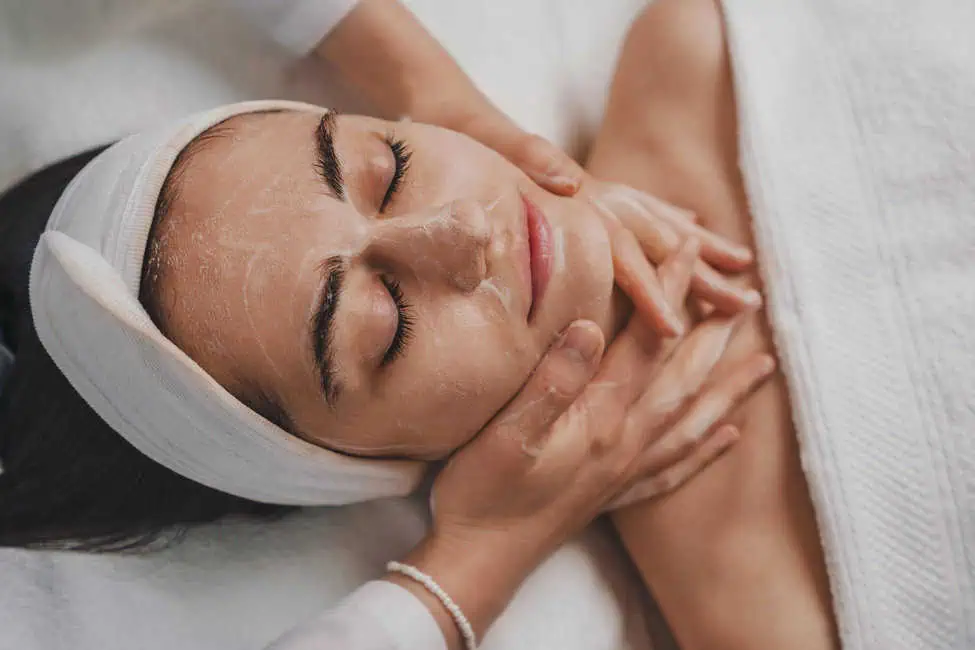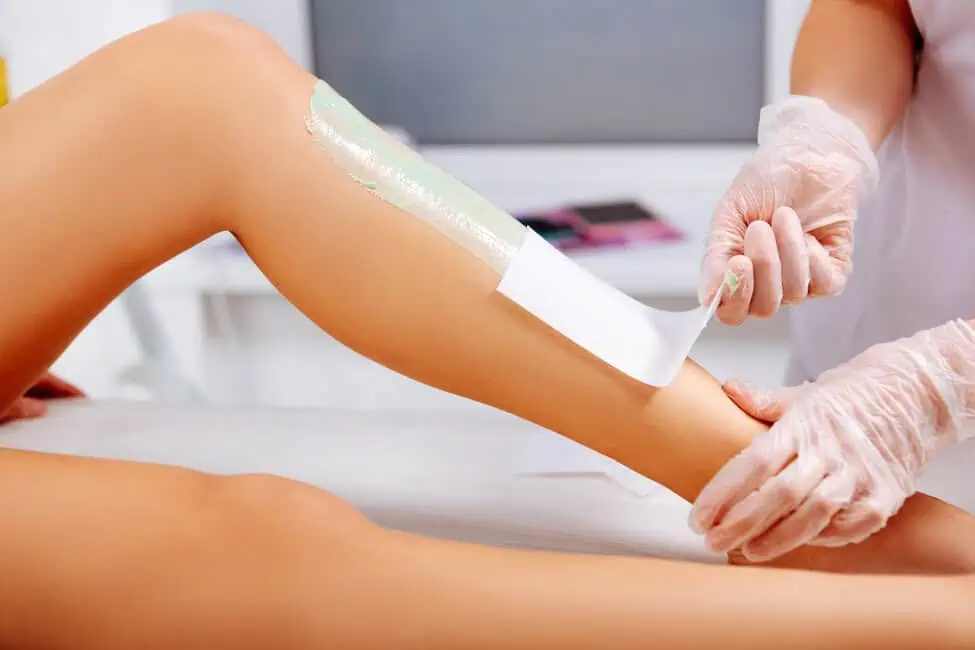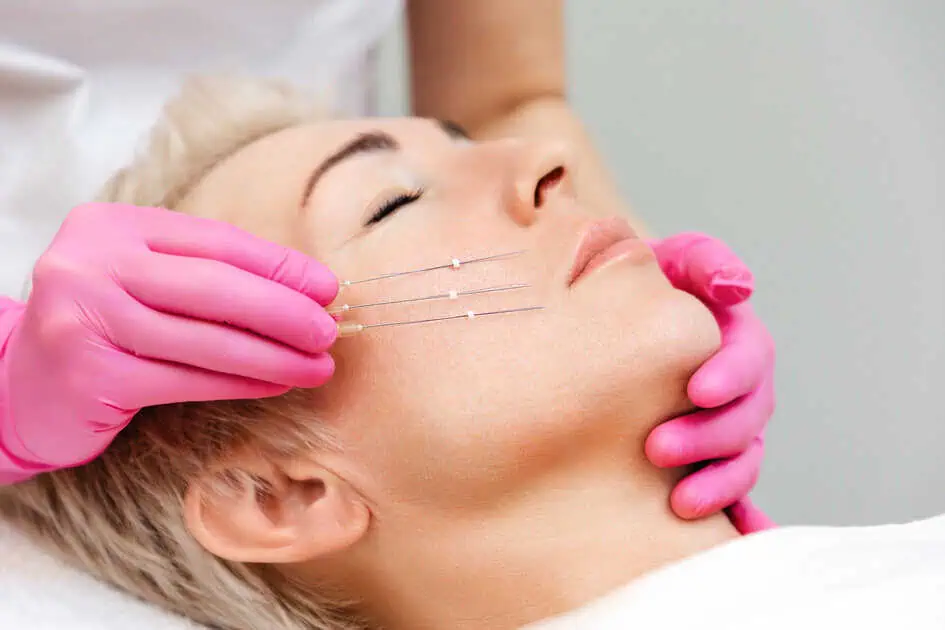In the ever-evolving world of cosmetic treatments, the quest for a more youthful impression has led to the development of various non-surgical procedures. Among these, dermal fillers and Botox have gained significant popularity due to their minimally invasive nature and ability to produce immediate, visible results. However, despite their shared goal of reducing the signs of aging, these treatments have distinct differences in their mechanisms, applications, and outcomes.
This article aims to prepare you with a comprehensive understanding of the key distinctions between dermal fillers and Botox, empowering you to make an informed decision when considering these facial rejuvenation options.
What Are Dermal Fillers?
Dermal fillers are a class of injectable substances designed to restore volume, smooth out wrinkles, and enhance facial contours. They have become increasingly popular for facial rejuvenation, offering a non-surgical alternative to more invasive procedures like facelifts. Dermal fillers fill areas where the skin has lost its natural elasticity and plumpness due to aging, sun exposure, and other environmental factors.
Several classes of dermal fillers are available, each with unique properties and use. Here are a few examples:
- Hyaluronic acid fillers: These fillers, such as Juvederm and Restylane, contain hyaluronic acid, a naturally occurring substance in the body that helps to maintain skin hydration and elasticity. Hyaluronic acid fillers are highly versatile and can treat facial areas, including nasolabial folds, marionette lines, and lip augmentation.
- Calcium hydroxylapatite fillers: Radiesse is an example of a calcium hydroxylapatite filler consisting of tiny calcium particles suspended in a gel. This filler is typically used for deeper wrinkles and folds and to improve facial volume, particularly in the cheek and jawline areas.
- Poly-L-lactic acid fillers: Sculptra is a well-known poly-L-lactic acid filler that stimulates collagen production in the skin. This filler is best suited for treating larger areas of volume loss and can provide longer-lasting results than other filler options.
Administering dermal fillers involves injecting the chosen filler into targeted areas of the face using a fine needle or cannula. The treatment results are typically immediate, with patients noticing an improvement in the appearance of wrinkles and facial contours immediately. Pivoting on the type of filler used and the area treated, the effects can last anywhere from six months to two years before touch-up treatments are needed.
What Is Botox?
Botox, also known as Botulinum toxin type A, is a purified protein derived from the bacterium Clostridium botulinum. Unlike dermal fillers, which focus on restoring volume and filling wrinkles, Botox is primarily used to reduce muscle activity that causes fine lines and wrinkles temporarily.
This popular non-surgical cosmetic treatment has become synonymous with achieving a smoother, more youthful appearance without invasive procedures.
Botox functions by intercepting the nerve signal that instructs muscles to contract. When these signals are disrupted, the targeted muscles relax, reducing wrinkles and lines caused by repetitive facial expressions. Common areas treated with Botox include:
- Forehead lines.
- Crow’s feet (the lines around the eyes).
- Frown lines (the lines between the eyebrows).
The administration of Botox involves injecting the toxin into specific facial muscles using a fine needle. The treatment is typically quick, with minimal discomfort, and the effects begin to appear within a few days. Botox results are not permanent; their duration can vary depending on individual factors and the area treated. On average, the effects of Botox last for about three to six months, after which maintenance treatments may be required to maintain the desired appearance.
Key Differences Between Dermal Fillers And Botox
While both dermal fillers and Botox are injectable approaches used to recede the signs of aging, they differ in several important aspects, including their mechanisms of action, treatment areas, duration of effects, and potential side effects.
1.) Mechanism of action:
- Dermal fillers restore volume and fill the face’s wrinkles, lines, and hollow areas. They replace lost collagen, hyaluronic acid, and other essential components that provide structure to the skin.
- On the other hand, Botox functions by relaxing the muscles responsible for causing wrinkles. It does this by blocking the nerve signals that trigger muscle contractions, resulting in a smoother appearance.
2.) Treatment areas:
- Dermal fillers are predominantly utilized to treat lines and wrinkles in the lower half of the face, such as nasolabial folds and marionette lines, and to provide volume to the cheeks and lips.
- Botox is most commonly used to address wrinkles and lines in the upper half of the face, including forehead lines, crow’s feet, and frown lines.
3.) Duration of effects:
- The impacts of dermal fillers can last anywhere from six months to two years, pivoting on the filler used and the area treated. Some fillers, such as those made from poly-L-lactic acid, can stimulate collagen production, resulting in longer-lasting results.
- Botox effects are generally shorter-lived, lasting about three to six months. Regular maintenance treatments are necessary to maintain the desired appearance.
4.) Side effects and risks:
- Both dermal fillers and Botox have common side effects, such as redness, swelling, bruising, and temporary discomfort at the injection site. These side effects are normally mild and subside within a few days.
- Dermal fillers carry unique risks, including the possibility of allergic reactions, lumps or bumps, and, in rare cases, skin necrosis or infection. These risks can be minimized by preferring a qualified provider and observing proper aftercare instructions.
- Botox also has its unique risks, such as temporary drooping of the eyelids or eyebrows and, in rare cases, difficulty swallowing or breathing. These risks can be minimized by receiving treatment from a qualified, experienced provider who understands the appropriate injection techniques and dosages.
Understanding these key differences between dermal fillers and Botox can help you decide which treatment best suits your specific concerns and desired outcomes. It is always urged to confer with a qualified professional to discuss your needs and develop a personalized treatment plan.
Takeaway
Are you ready to rejuvenate your appearance and regain your confidence? The experienced team at Elle Aesthetics Utah is here to help you explore the best treatment options, whether dermal fillers, Botox, or a combination of both. Our skilled practitioners are dedicated to providing personalized, safe, and effective treatments that deliver stunning results tailored to your needs and aesthetic wants.
Don’t wait any longer to embrace the youthful, radiant look you deserve. Contact Elle Aesthetics Utah today for a comprehensive consultation and take the first effort towards a more refreshed and revitalized you.








